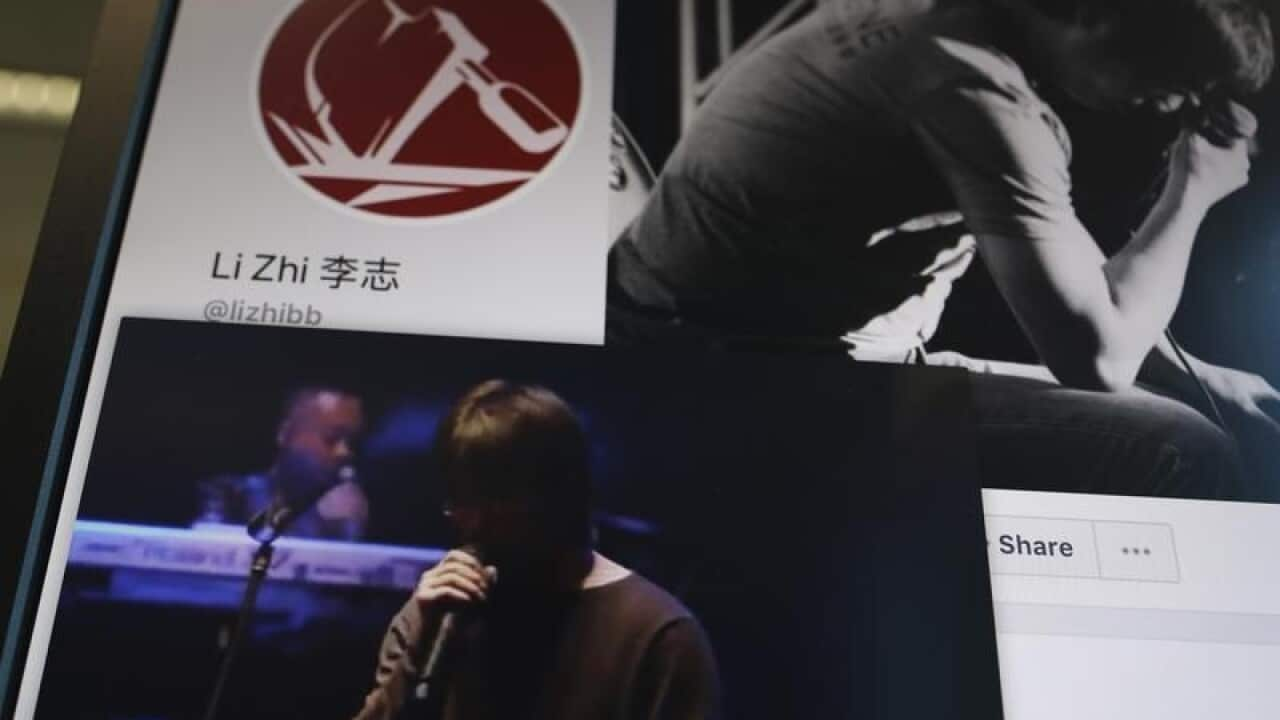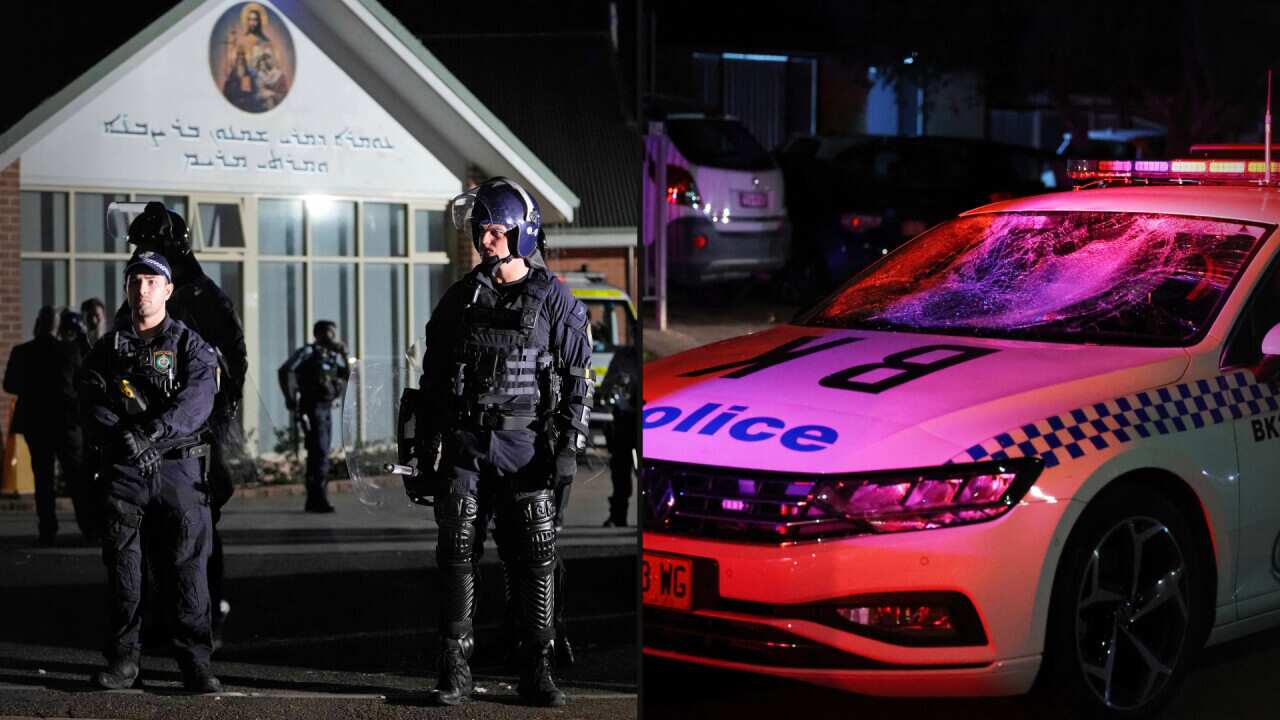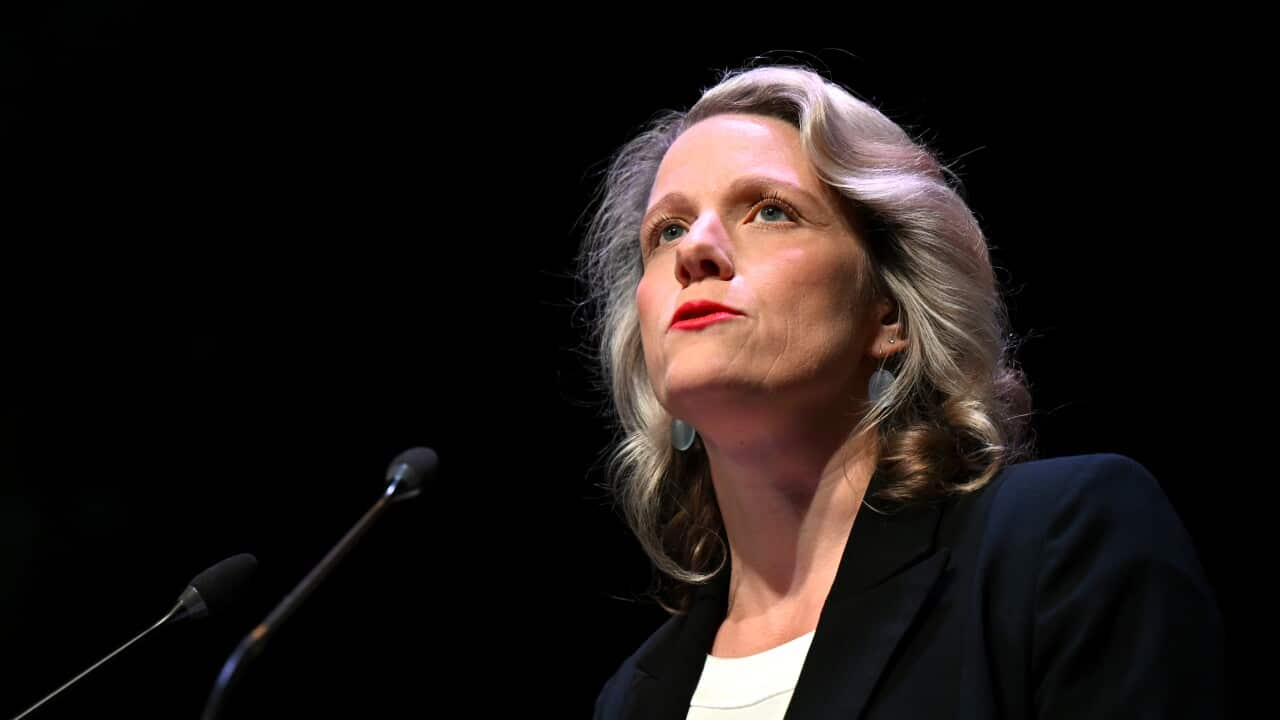This article was originally published for the 30th anniversary in 2019. Jessica Washington reports from Hong Kong
The death of a reformist
Former Communist Party of China (CCP) chief Hu Yaobang had sought to liberalise China and overturn some of the Mao era ideologies. He was removed from his position as a top official in the CCP in 1987 by then-de facto leader Deng Xiaoping for supporting liberal political and economic views.
He died on 15 April 1989, triggering an outpouring of grief, particularly from students who felt they had lost an ally in their mission to liberalise the country.
Inspired by Mr Hu, just three days after his death hundreds of students began to gather in Beijing, marching through the capital to Tiananmen Square, demanding a more transparent and liberal government.
Protesters gather
About 100,000 students congregated in Tiananmen Square to grieve for Mr Hu, but it quickly turned into something more than a memorial.
There were many other pro-democracy protests around China at the time, but the protests in Beijing would forever have a place in modern Chinese and global history.

Pro-democracy demonstrators surround a truck filled of People's Liberation Army soldiers 20 May 1989. Source: AFP
By the middle of May, hundreds of students were participating in a hunger strike in Tiananmen Square. It was doubly embarrassing for authorities as reformist Soviet leader Mikhail Gorbachev was visiting Beijing at the time.
Authorities had planned a traditional welcome ceremony outside the Great Hall of the People - but the students had other plans, and instead, Mr Gorbachev had to enter through the back door.
On 19 May, a rally at Tiananmen Square drew more than one million people.
Concerned the demonstrations would spiral out of control, the general secretary of the Chinese Communist Party Zhao Ziyang went to meet the protesters.
Some historians believe the reason the protests were allowed to continue for so long was that Mr Zhao was sympathetic to the students’ cause, and did not want to respond with violence.
He asked the students to end their hunger strike and told them the problems they raised would eventually be resolved.
But the students were not convinced.

A sea of student protesters gathers in Tiananmen Square on 4 May 1989. Source: Corbis Historical
Later that day, premier Li Peng imposed martial law - the catalyst for the military personnel to violently gain back control of the square, through any means.
Moderates in the CCP were purged from the party - Mr Zhao was placed under house arrest, and only the hardliners remained. They wanted the protests to end.
Violence in June
On 2 June, 100,000 people attended a concert in the square to support the protests.
Just two days later - in the early hours of the morning, Chinese troops reached the demonstrations and began to fire indiscriminately at students and civilians, and even bystanders.
Reporters from all over the world had been in Beijing for the Gorbachev visit - but what they witnessed and captured instead would become a day the world would never forget, despite the best efforts of the CCP.

During the night of 3 June to 4 June, the People's Liberation Army opened fire on the crowd. Source: Sygma
Soldiers fired in the residential areas, and some of the protesters responded by burning their tanks. There were some reports that some soldiers were also killed.
The death toll is still unclear and ranges from several hundred to thousands.
After the devastation, as the tanks left the area, a man who is still unidentified stood defiantly in front of the military convoy. The photograph of ‘tank man’ became one of the most iconic images of modern history.

The photograph of ‘tank man’ - taken on 5 June in Tiananmen Square, became one of the most iconic images of modern history. Source: Getty Images
By 5 June, order had mostly been restored - the protesters had dispersed, and Tiananmen Square was closed off.
As people assessed the damage the next day, many were shocked that a peaceful demonstration had ended in such a brutal way - with charred tanks and blood on the roads, the centre of Beijing looked like a warzone.
Erasing history
In the immediate aftermath of the violence, the CCP began a mission to construct its own narrative of what had occurred.
Government spokespeople pushed the line that no one had died in Tiananmen Square itself. It has been claimed victims were shot near the site, rather than inside - but no official report has ever been released.
Thirty years on, most of the world still remembers the massacre. The sound of the gunshots altered the perception of Beijing forever and would raise persistent questions about its record on human rights.
Beijing forged ahead on developing its own hybrid blend of authoritarian capitalism. Some world leaders had previously thought it was only a matter of time before China embraced democracy. But the events of 1989 made it clear they had been misguided.
It was now obvious that economic change did not equate to political change.

A grief-stricken mother who has just learned of the death of her son, a student protester killed by soldiers at Tiananmen Square. Source: Corbis Historical
Any moderates within the party had been removed - Mr Zhao remained under house arrest until his death in 2005, and internationally, premier Li Peng gained a reputation as the “Butcher of Beijing”.
Around the world, especially in Hong Kong, there are large vigils held every year on the anniversary of 4 June - everywhere except the place where the bloodshed occurred.
The CCP has undertaken an extensive campaign to erase the events from history - and to ensure that younger generations do not find out about what happened on that day.
Discussing the protests in China is banned, so those who do remember are coerced into keeping their mouths shut - not only can they not discuss the violence, but also the democracy protests itself.
China’s censors work overtime to snuff out any dissent and erase the memory of what happened. And with online censorship in China now largely automated, a range of search terms relating to Tiananmen - even those with a tangential connection - are blocked from the internet.
Some in China say that so many terms are banned on the anniversary, 4 June is China’s “internet maintenance day”.
The legacy of 4 June
To the Chinese generations born after 1989, Tiananmen Square is a mystery, a rumour, or something known about in detail but not allowed to be discussed.
China’s leaders at the time believed economic progress would shift the focus from their misdeeds - and to a large extent, they were correct.
For those alive in 1989 who believed China would one day embrace democracy, the brutal suppression of a peaceful movement against corruption was a heartbreaking moment - it would forever change their perceptions of the People’s Liberation Army.
For many years, human rights groups have called for Beijing to acknowledge the massacre, compensate family members of the victims, and allow the event to be commemorated freely.

Thirty years on: Students in Tiananmen Square on 14 May 1989 and in May 2019. Source: AFP
But the events of 4 June are buried so far under a pile of propaganda, and censorship, unearthing an acknowledgement of what really happened is unlikely.
Family members of the victims have still not seen justice, and the prospect of a Tiananmen truth commission seems even more unlikely now.
Cautious about reopening the wounds of the past, and perhaps undermining their own legitimacy, China’s leaders see no need for a conversation about what happened in the summer of 1989.










